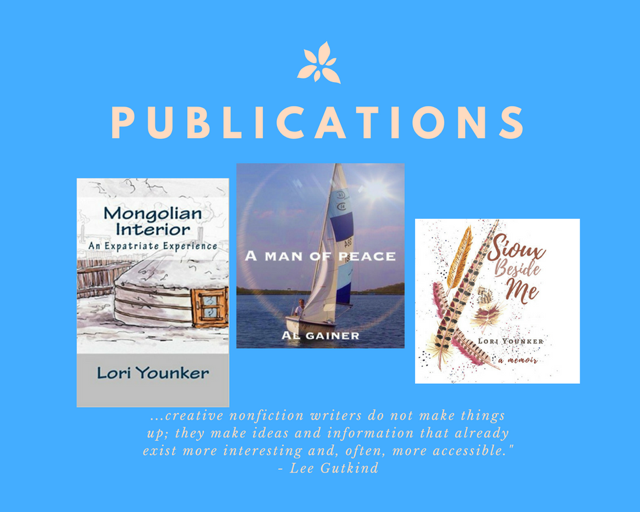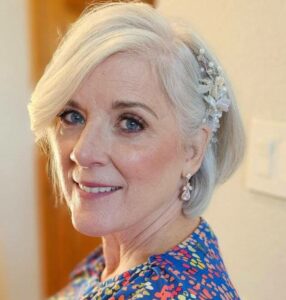PERSONAL, yet INTRIGUING STATEMENT
Example #1)
The sky has its way with me. As clouds lower their shoulder against he horizon, a warm front’s humid body sides along my sin, lifting the hem of my dress to curl around my waist and stretch along my spine.
–Sonya Huber, In the Grip of the Sky, Creative Nonfiction, Issue 58, Winter 2016
Notice the personification used with the sky in our example above. It’s mysterious and suspenseful.
Example #2)
All of my patients had been struck by lightning.
—Amaris Ketchum, Recording Lightening, Creative Nonfiction, Issue 58, Winter 2016
This one is attractive due to its simplicity, only 8 words in length, and yet the reader wants to know how in the world this could be true.
REFERENCE A WORLD ISSUE WITH HUMOR
After the Millennium turned past Y2K and the world didn’t end, my friend Steve decided to leave Sydney and move to India for a while.
–Ashley Hay, The Bus Stop, Creative Nonfiction, Issue 58, Winter 2016
HOOK WITH OUTSTANDING DATA
El Reno was massive, the widest twister in recorded history. Due to its unprecedented wind speeds in excess of 295 mph, it was initially rated as EF5, the indicator used by the National Weather Service to forewarn total destruction.
—Laura Jones, Capturing the Storm, Creative Nonfiction, Issue 58, Winter 2016
OPEN WITH THE EXPANSE OF YOUR SETTING and appeal to the senses which serves as a “first impression” that lingers for the whole text:
I watched the sleeping ocean from a corner of the cockpit. In the deep darkness, blind waves broke and collapsed in rhythmic, drawn-out hisses, luring me to sleep though they misted me with spray.
—Glenda Reed, The Good Captain, Creative Nonfiction, Issue 58, Winter 2016
STATE A PROVOCATIVE QUESTION THAT OTHERS ARE not ASKING
Here is a question for our times: can memory represent truth when technology can reveal far more than we might remember? I answer that question differently based on what professional hat I am wearing…
–Seal H. Patel, Finding Truth in Technology, Creative Nonfiction, Issue 58, Winter 2016
QUOTE AN AUTHORITY AND BUILD ON HIS PREMISE
Stories, Goethe tells us, are a human service, a way to share with another person “how things have gone with others and what he has to expect from life,” to instruct that “whatever happens, it befalls him as a man and no as one who is specially fortunate or unfortunate.” We tell stories to suggest sense and meaning when there seems to be none and to create a semblance of order in an out-of-control world. The stories we tell—and especially the ones we write–become the records of experiences lived, landscaped inhabited, and events transpired. They provide guide points along the map of human experience, handholds for understanding: who we are, where have come from, what matters to us and way.
—Anita. Husain, The Story behind the Story, Creative Nonfiction, Issue 58, Winter 2016
Back to Writing Tips
Continue Module 4, Crafting: Using Short Sentences



